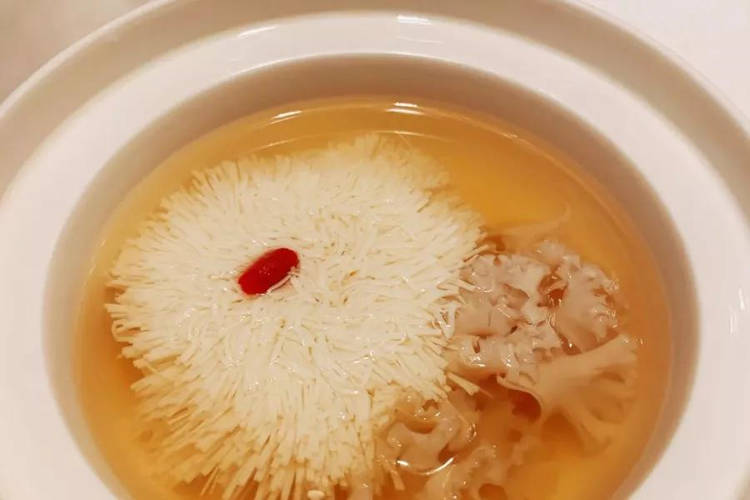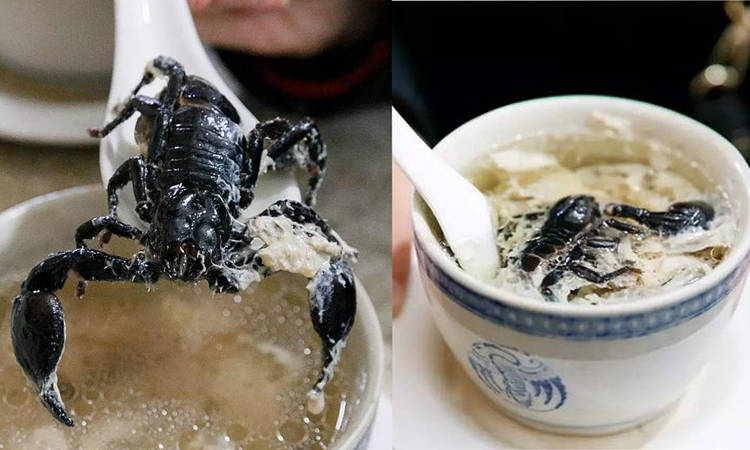Hydrangea Tofu Soup – A Block of Soft Tofu Expertly Cut into 3,600 Tendrils

A staple of Huaiyang cuisine, hydrangea tofu soup is a testament to the impressive knife-cutting skills of chefs specializing in this type of Chinese cuisine. Looking at a bowl of hydrangea tofu soup for the first time, you’d be forgiven for mistaking the slender tendrils swaying in chicken broth for anything but tofu. It looks […]
Snake and Whole Scorpion Soup – A Dish That Makes You Sweat With Fear

China is famous for many weird traditional foods, but the snake and whole scorpion served in Guangdong province is definitely among the most bizarre and downright scary dishes in the Asian country. Arachnids and insects have been a part of Chinese cuisine long before the West even considered their nutritious value, but even here scorpion […]
Century Egg – Would You Eat One?

I love a good omelet and I’ve been known to gobble down boiled eggs from tme to time, but Century Eggs? No freaking way! Known also as preserved egg, hundred-year egg, thousand-year egg or thousand-year-old egg, the Century Egg is a Chinese delicacy used in many traditional dishes. Fresh duck, chicken or quail eggs become […]
